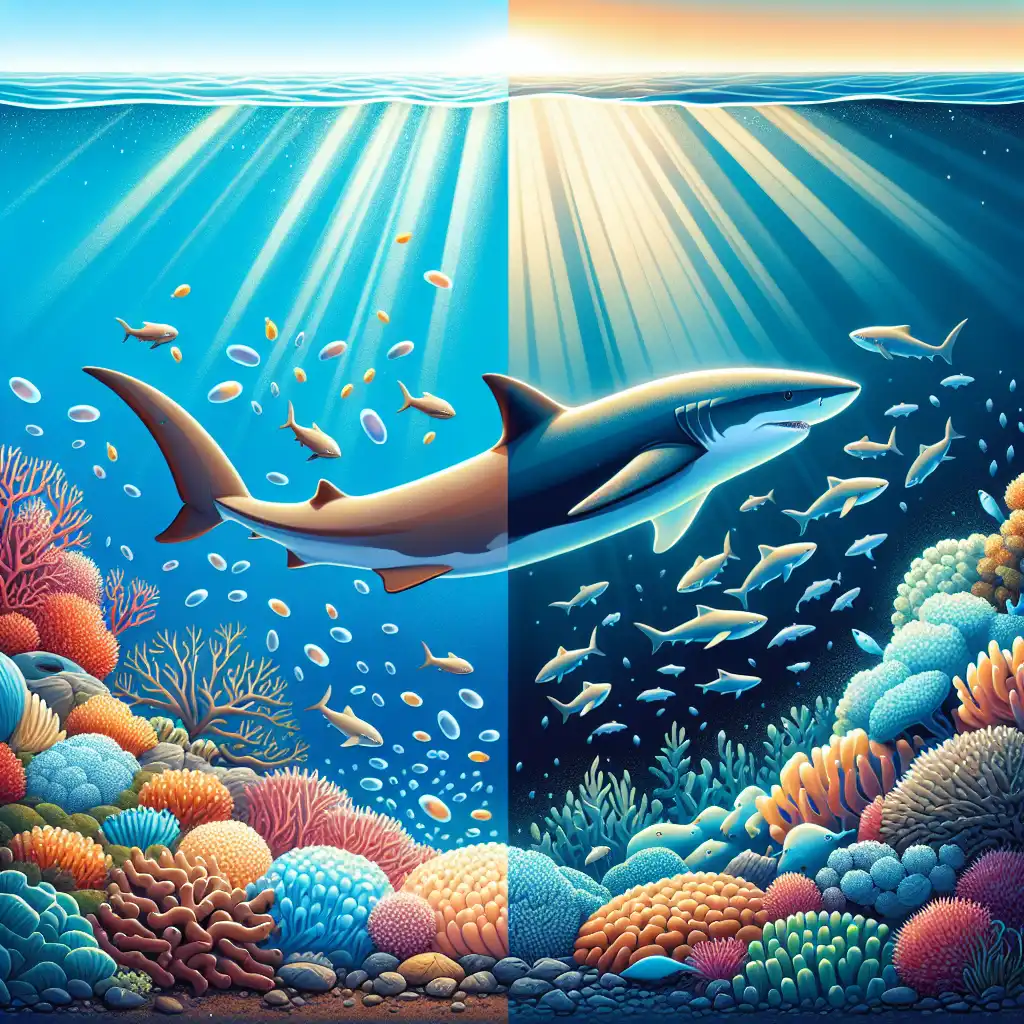
Oviparous
Scientific Context
The term 'oviparous' is mostly used in scientific discussions about animal reproduction.  In our biology class, we studied how oviparous organisms develop from eggs.
In our biology class, we studied how oviparous organisms develop from eggs.
Not for Mammals
'Oviparous' should not be confused with mammals, like the platypus, which are generally not considered oviparous.  Although the platypus lays eggs, it's classified as a monotreme, not typically referred to as oviparous.
Although the platypus lays eggs, it's classified as a monotreme, not typically referred to as oviparous.
Distinct from Viviparous
Oviparous is different from 'viviparous', where embryos develop inside the mother and gain nutrients directly from her.  Sharks can be oviparous or viviparous, depending on the species.
Sharks can be oviparous or viviparous, depending on the species.